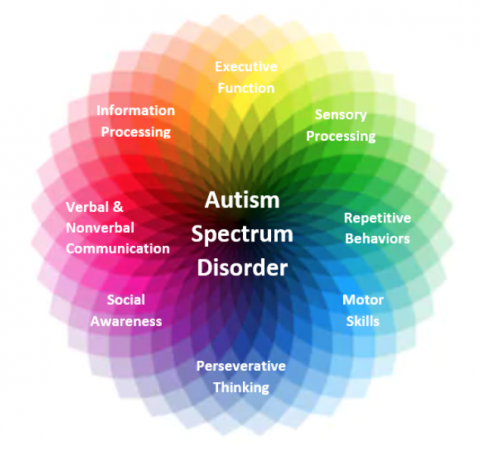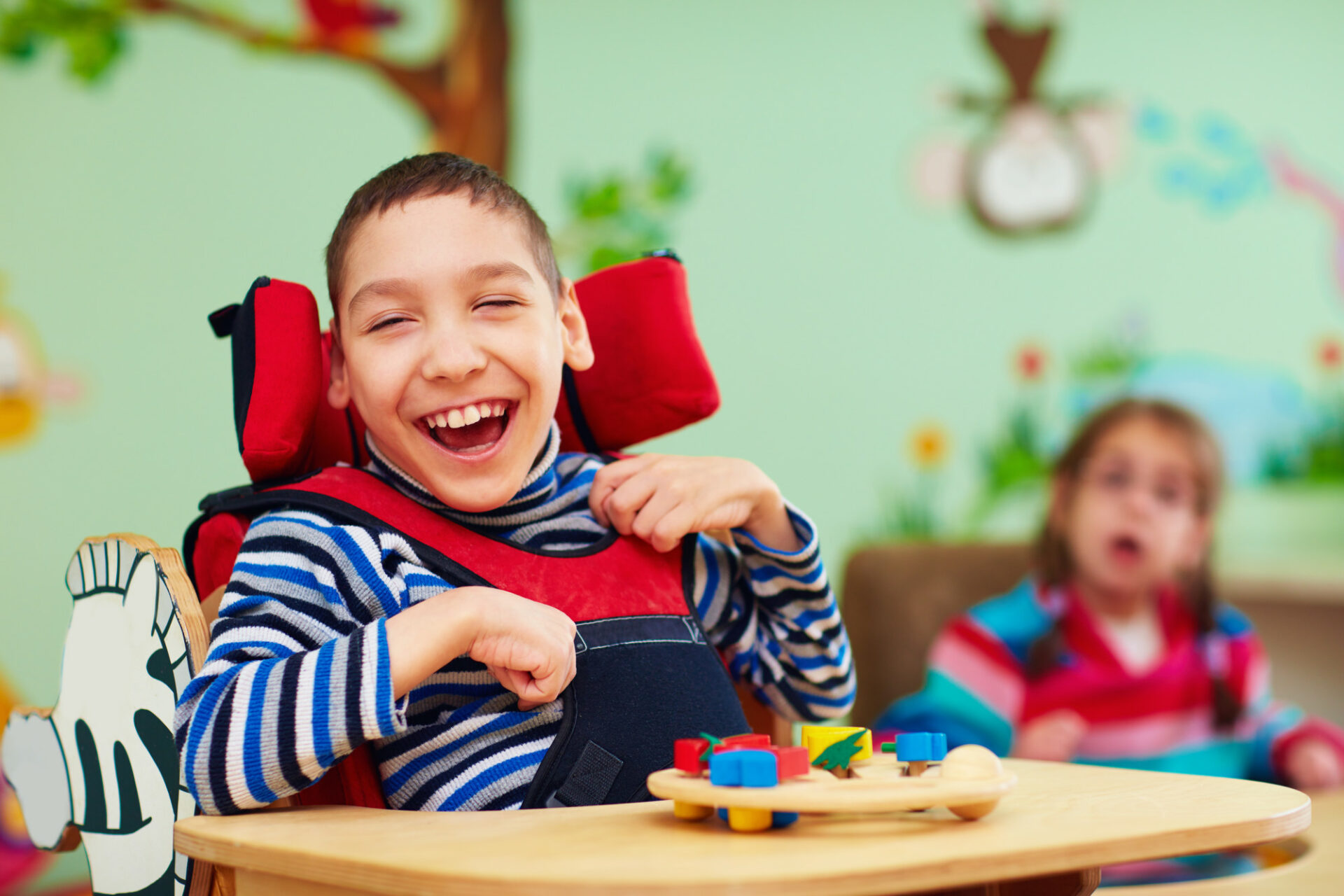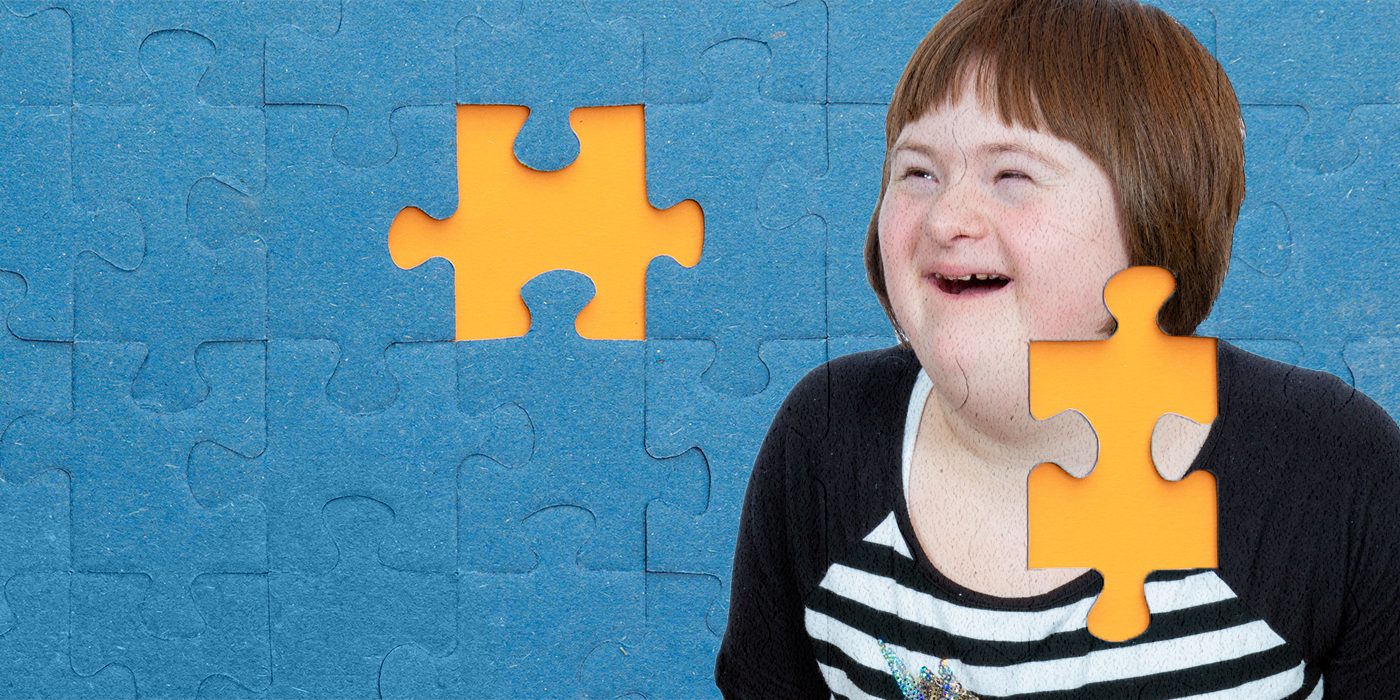Understanding the Range: A Comprehensive Overview to Autism Awareness
Understanding the Range: A Comprehensive Overview to Autism Awareness
Blog Article
Checking Out Autism: Techniques for Effective Interaction and Interaction
Efficient communication and communication with people on the autism range require a detailed understanding of their one-of-a-kind demands and preferences. Methods such as employing clear language, utilizing aesthetic assistances, and promoting regular routines can significantly improve involvement and lower anxiety. Identifying the significance of non-verbal cues and shared interests paves the way for purposeful links. Nevertheless, the intricacies of these approaches reveal additional considerations that merit exploration, especially in just how they can be adjusted to diverse contexts and specific experiences. What might these adjustments look like in method?
Understanding Autism Spectrum Disorder
Autism Spectrum Problem (ASD) encompasses a series of neurodevelopmental problems identified by challenges in social interaction, interaction, and repetitive behaviors. The term "range" reflects the diverse manifestations and differing degrees of seriousness experienced by individuals with ASD. While some may show considerable problems, others might show high-functioning qualities, permitting higher independence in day-to-day live.
The start of ASD typically happens in very early childhood, with signs commonly recognizable by age 2. Very early indicators might include delayed speech advancement, limited eye call, and problems in recognizing social cues. Although the accurate etiology of ASD continues to be vague, study suggests a mix of genetic and environmental elements plays a crucial duty in its development.
As an outcome, treatments and support customized to private needs are crucial for cultivating communication and social skills. Recognizing the intricacy of ASD is crucial for promoting awareness, approval, and reliable approaches that help with meaningful interactions with individuals on the range.

Importance of Clear Interaction
Effective interaction is crucial for cultivating understanding and connection, especially for people with Autism Range Condition (ASD) Clear interaction not only assists in social interactions however also enhances the individual's capability to express their ideas, feelings, and requirements. For people with ASD, the subtleties of language can frequently be challenging; consequently, making use of straightforward and unambiguous language is important.
Additionally, clear interaction helps reduce irritation and anxiousness that may occur from misconceptions. When messages are shared in a consistent and direct way, people with ASD are much better furnished to translate details accurately, which can substantially enhance their social interaction and engagement in numerous settings.
Developing routines and making use of visual supports can even more bolster clear interaction. These approaches give individuals with foreseeable frameworks that help understanding and retention of details. Additionally, proactively being and listening individual during communications advertises a helpful environment where people with ASD really feel valued and understood.
Eventually, prioritizing clear communication not just encourages individuals with ASD however additionally cultivates more significant links with their peers, caregivers, and the wider community, paving the means for inclusive interactions and joint connections. - autism
Non-Verbal Interaction Strategies
Interaction extends beyond words, and for individuals with Autism Spectrum Condition (ASD), non-verbal hints play a significant role in interactions. Non-verbal communication techniques can consist of faces, gestures, body language, and eye contact, all of which work as vital components for conveying feelings and intentions.
Recognizing and analyzing these non-verbal discover here signals can boost communications with people with ASD. As an example, a warm smile or open posture can develop an inviting environment, motivating interaction. Utilizing visual aids-- such as image cards or signs-- can bridge interaction voids and assist convey messages a lot more successfully.
It is also important to be conscious of personal room, as people with ASD may have different comfort degrees pertaining to distance. Observing their reactions to physical distance can inform appropriate changes.

Creating Encouraging Settings
Producing a helpful environment is essential for cultivating favorable interactions and boosting the wellness of individuals with Autism Range Disorder (ASD) Such settings can substantially decrease anxiety and develop a sense of safety and security, enabling individuals to share themselves a lot more freely.
To attain this, it is important to consider sensory level of sensitivities that individuals with ASD may experience. Modifying the physical area to include soft lighting, very little history noise, and comfy seating can develop a soothing atmosphere. Additionally, making use of consistent regimens and clear aesthetic routines can aid individuals expect transitions and minimize unpredictability, further advertising convenience.
Social spaces must be structured to decrease overwhelming stimulations while giving opportunities for interaction in preferred activities. Facilitating locations marked for peaceful time can additionally function as a haven throughout moments of anxiety. Notably, integrating components of selection empowers people, enabling them to exercise firm in their atmosphere.

Urging Social Interactions
Cultivating social interactions click this among people with Autism Spectrum Problem (ASD) needs willful techniques that focus on comfort and interaction. Establishing predictable regimens can help in reducing anxiety, making social settings a lot more approachable. Producing organized settings with defined functions and responsibilities permits individuals to engage without the frustrating stress of disorganized social dynamics.
Integrating interests and staminas right into social tasks can function as a catalyst for interaction. Arranging group activities around shared hobbies or topics of fascination can promote all-natural conversations and links. Additionally, utilizing visual supports, such as social scripts or pictorial schedules, can aid in understanding social signs and assumptions.
Modeling proper social behaviors is vital - autism. Peers and adults should demonstrate efficient interaction strategies, consisting of active listening and turn-taking. Role-playing circumstances can additionally give a risk-free room for individuals to practice these abilities
Last but not least, cultivating peer partnerships via comprehensive techniques is vital. Motivating inclusive playdates or group getaways can develop opportunities for socializing in a comfy setting. By implementing these teachers, caregivers and strategies can significantly boost social communications for individuals with ASD, advertising their general social development and health.
Verdict
In final thought, effective interaction and interaction methods are important for sustaining individuals with Autism Range Disorder. Highlighting clear language, incorporating non-verbal hints, and developing why not find out more predictable regimens considerably boost engagement and minimize anxiety. Producing helpful settings fosters risk-free social communications, while encouraging shared rate of interests facilitates significant links. Inevitably, these methods empower individuals with autism to browse social landscapes, advertising their overall wellness and making it possible for the development of long lasting connections.
Efficient interaction and communication with people on the autism range require a thorough understanding of their unique needs and preferences. Clear communication not only facilitates social interactions yet also boosts the individual's ability to express their requirements, ideas, and feelings.Promoting social communications among people with Autism Spectrum Disorder (ASD) calls for deliberate strategies that focus on convenience and involvement. By applying these teachers, strategies and caretakers can significantly boost social interactions for individuals with ASD, advertising their overall social development and wellness.
In verdict, reliable communication and communication methods are vital for supporting people with Autism Spectrum Problem.
Report this page